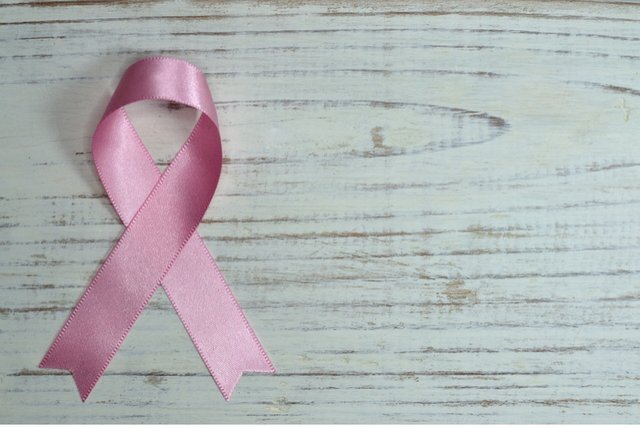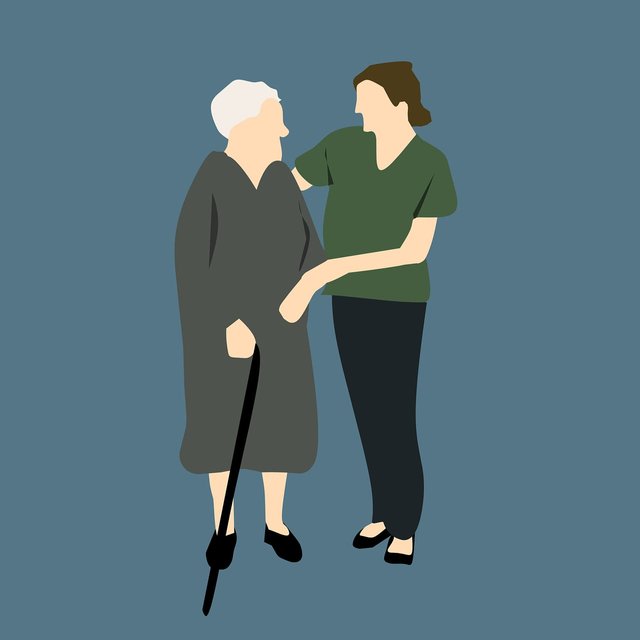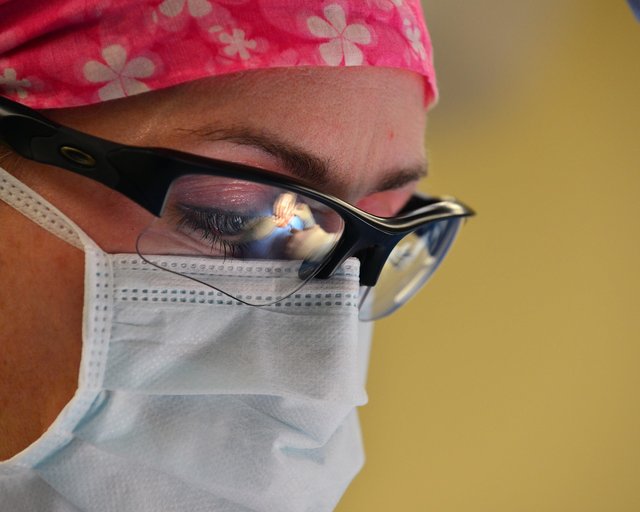Nursing Care Plan For Post-Operative Client; Ovarian Laparotomy(Removal of Ovarian Cysts)

image credit: imgur
Today I would like to shed some light on how to take care(post operative care after patient has been discharged) of client who underwent Oophorectomy surgery by way of Laparotomy to remove cancerous cysts from the ovaries.
Laparotomy is a procedure whereby a long incision is made in the abdomen so that the surgeon can have access to the ovaries. When the cyst is removed it is taken to the lab to determine if it is cancerous. This procedure can also be done for other purposes like; removing the fibroids and adhesions or removal of the ovaries.

image credit: imgur
As a nurse our main purpose is to ensure the total wellbeing of the client, whether unwell or healthy. It is very important to always know that as a nurse or care giver, our role is to follow all the instructions given us by the physician in order to help the patient get well.
It is always good to create a nursing care plan so that you can meet your set goals. One of our major goals to avoid any possible complications and help treat illness in a holistic manner.
Since the patient suffers pain from the surgery, caring for the client will be more of assisting the client with their day to day activities, observing and dressing their wound while they heal.

image credit: imgur
Due to the nature of the surgery, there will be a time frame for the healing process to be complete.
In this case, my patient was quite an elderly person, her body will require more time to heal usually 4-10 weeks. Before the patient is discharge it is best for the nurse or care giver to be present so she can get instruction from the physician on the type of care to give the client.
How Can We Help The Client?
As a nurse and care giver our duty is to ensure that after the procedure, we should be able to prevent complications and infection.
It is very important to look out for any signs of complications and report it immediately to the physician, such as;
- Swelling of the abdomen; this can be a sign of infection
- Excessive bleeding
- Smelly discharge; this is also a sign of infection
- Hyperthermia
The wound from the incision should be dressed daily to prevent infection and promote healing.
Advice the patient to rest and avoid any strenous activity for at least two weeks this is to avoid complications.

image credit: imgur
Diet also plays a role as eating food rich in protein and vitamin C will help in the healing process and the body’s resistance to infection. A diet plan would be given at the hospital which should be strictly followed.
We also educate the patient on things they should avoid doing within the first few days after the surgery by order of the physician.
We assist the patient during the healing process by helping them to do the things they are unable to do like taking a bath, lifting heaving objects and moving around.
Finally, after the healing process, we can assist the patient for a return visit to the physician for a final evaluation with regards to their recovery.